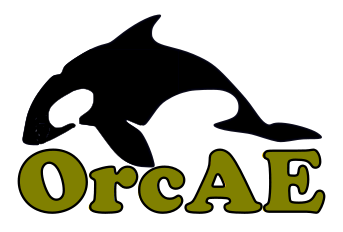|
Orcae Introduction
ORCAE is an online genome annotation resource offering users the necessary tools and information to validate and correct gene annotations.
The system is build on the wiki philosophy, all modifications to a certain gene are stored and can be found back in the annotation history of that gene.
To be able to modify genes however you will need to have a user account. Anonymous users can browse the public genomes but don't have editing rights.
To get started select one of the genomes from the list below or log in directly to go to the restricted access section. If you would like to apply for a user account, so that you are able to edit records, send a mail to explaining your request. How to cite this resourceSterck, L., Billiau, K., Abeel, T., Rouzé, P., Van de Peer, Y.ORCAE: online resource for community annotation of eukaryotes. Nat. Methods (2012) 9, 1041. Please note that although care was taken to make this website as much as possible cross-browser compatible, it will work best with FireFox > 3.5, Safari and Google Chrome. Terms of Service:This tool is provide "free to use for all". We made every attempt to ensure the accuracy and reliability of the results provided through this webservice. However, the information is provided "as is" without responsibility or liability of any kind. We don't claim ownership and/or copyright on the input data nor the generated image(s) using our serivce.Please note that although care was taken to make this website as much as possible cross-browser compatible, it will work best with FireFox > 3.5, Safari and Google Chrome. |




